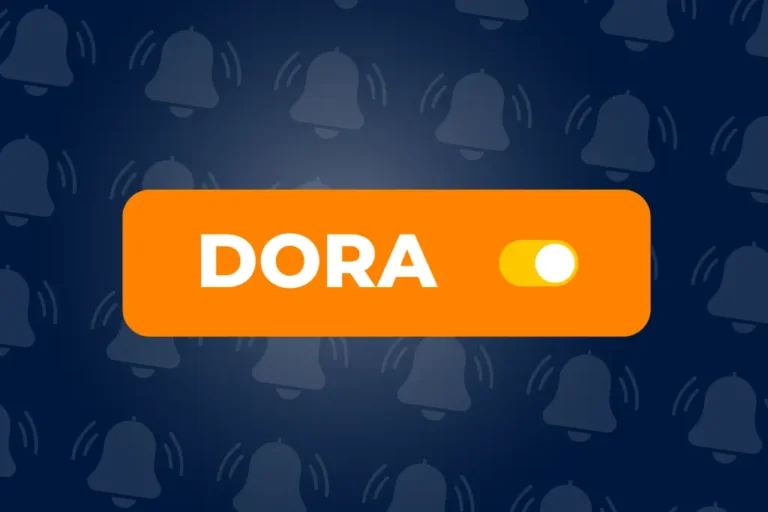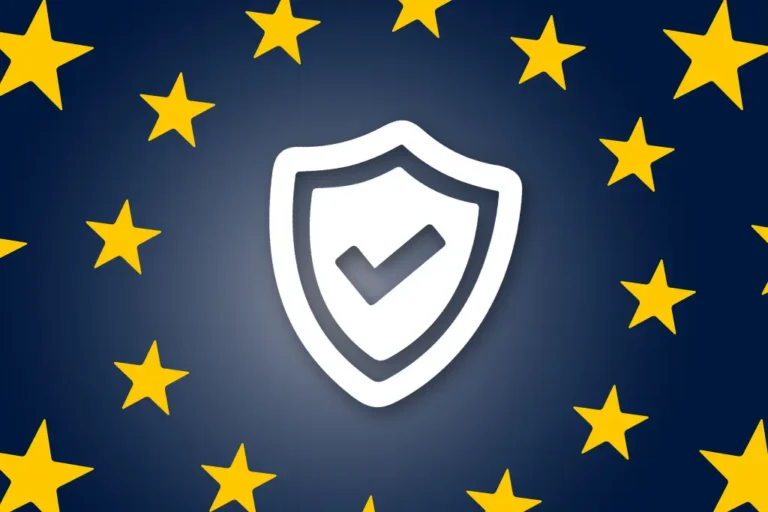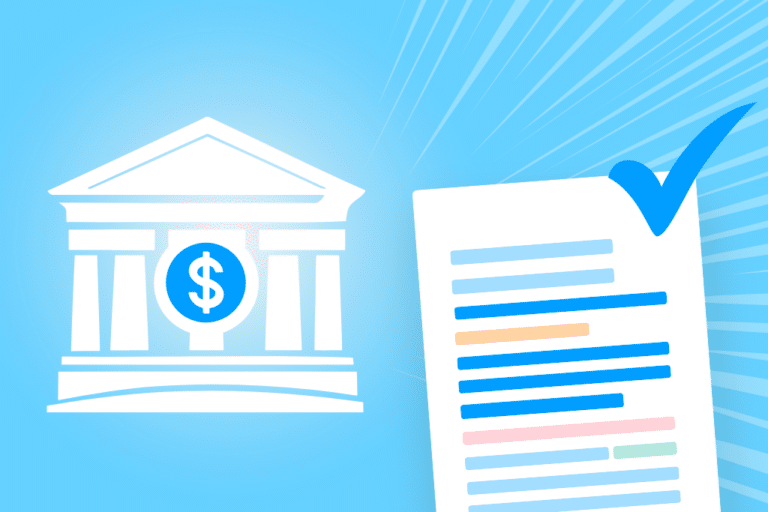Emerging technologies such as Artificial Intelligence (AI) and blockchain are routinely being reviewed, adopted and implemented at C-suite level. However, when should boards get involved to ensure that their companies are really using technology effectively and securely?
Is it time for technology board committees?
Michael Fenn of the Ontario Municipal Employees Retirement System Administration Corp (OMERS AC), argues strongly that boards of non-IT companies should have technology committees. While he acknowledges the reluctance to pry into what should be a management consideration, he makes a strong case for the fact that any area of technology is well within the purview of corporate governance. OMERS AC did establish such a committee, and expertise in the technology field is now required of its new board members. A technology committee would be tasked with covering cybersecurity, the company’s existing technology use, and emerging technologies such as blockchain and AI.
Canada: Global leader in Artificial Intelligence (AI)
AI technology has deep roots in Canada, with some of its most prolific researchers being Canadian. The federal Government made a significant investment in its 2017 budget in AI research. That investment helped to fund three AI research centres in Toronto, Montreal, and Edmonton. Canadian companies are implementing AI technology in real-world business settings; BlackBerry has inked a deal with Chinese search engine giant Baidu to develop AI for self-driving cars, and Microsoft Canada purchased a Waterloo firm, Maluuba, which invented an AI system for interpreting and understanding human language. In the US, 61% of businesses reported using AI in 2017 for may applications including predictive analytics, machine learning and natural language processing or generation.
Some of the corporate everyday applications of AI include reviews of large numbers of documents, something that needs to be done in corporate filings, mergers and acquisitions, and any other application that requires a large amount of paperwork. Kikelomo Lawal, Chief Legal Officer and Corporate Secretary for Interac, describes how Interac has used AI for many years for fraud mitigation. The company uses a fraud scoring engine to predict the types of transactions that are likely to be fraudulent, which alerts its people to monitor these transactions more closely. Since AI has such a high potential for fulfilling a corporate risk mitigation strategy, it should be adopted in key areas of the organization where it is needed, particularly in the financial sector. However, this cannot be done without a consideration for cybersecurity. AI can open your organization to new forms of cyber-attack which are resistant to traditional methods of cyber security defense. AI technology should only be implemented when the cyber security risks associated with it are addressed, particularly in high risk areas, including the financial sector.
Cybersecurity professionals are sounding early alarms on AI applications such as self-driving cars and drones, which they argue can be hacked and weaponized. Nicole Eagan, CEO of DarkTrace, a cybersecurity firm, warns businesses about the risks of attackers using AI for attacks in a CNBC article about the risks of AI. “Once that switch is flipped on, there’s going to be no turning back, so we are very concerned about the use of AI by the attackers in many ways because they could try to use AI to blend into the background of these networks,” she said.
Blockchain: Revolutionizing supply chains, document transfer and payment
If you are like the majority of Canadians, the term “blockchain” is a buzzword that you may have grown weary of. But blockchain’s applications to real-world payment systems are vital to the business world. A Canadian company, Accenture, worked with the Monetary Authority of Singapore (MAS) on Project Ubin to improve the liquidity and other areas of MAS’ payment systems using blockchain technology. Canada’s large banks, such as TD, are also jumping on blockchain applications for various business uses, although they are adopting blockchain more slowly than their American and global counterparts.
Another area where blockchain gets interesting for businesses is as an identification marker in supply chains and document exchanges. For example, blockchain enables tracing the path of a head of lettuce from seed to truck to store. Similarly, with documents, blockchain provides an indelible digital marker that goes far beyond timestamps of what changed hands, when, who made revisions. It makes it impossible to revise a document without making a change to its corresponding blockchain, ensuring that final versions of documents remain final.
As with AI, your company needs to consider the risks of employing blockchain technology. IBM suggests ensuring that your business is using private blockchains as opposed to public blockchains and strengthening your existing IT security structure prior to deploying blockchain solutions.
Cybersecurity Should Be Considered With any Technology Implementation
Boards provide a necessary check and balance on business operations, and evaluation of the cybersecurity risks of any technology implementation should be a part of any review process. New technology has great potential as long as it is introduced along with cybersecurity and data security measures which can counteract risks to the organization. The security of an application or software solution is of paramount importance when it is being considered for use throughout the organization and/or key business units. Solutions that handle sensitive data, such as software meant for legal departments or board use, may require extra levels of security.
DiliTrust, as a provider of corporate governance and board portal solutions, puts security first in all of its applications, going above and beyond international standards for data hosting and transmission. DiliTrust Exec is board portal management software that enables fast communication between board and committee members, extra secure transmission of company documents, and an intuitive interface that anyone can use on a desktop, smartphone or tablet from anywhere in the world.



